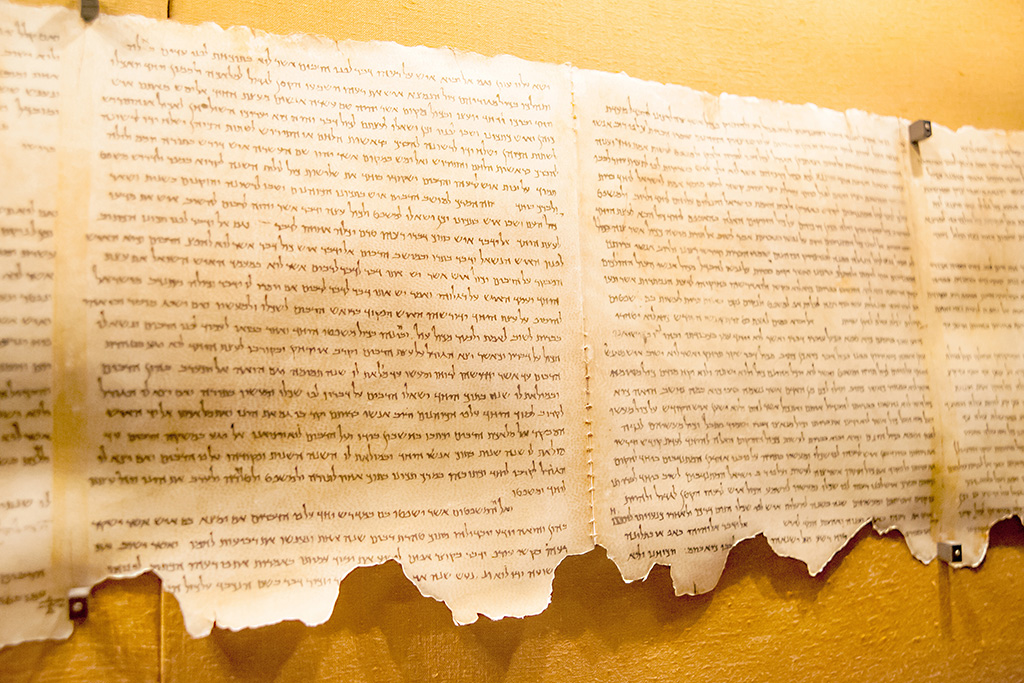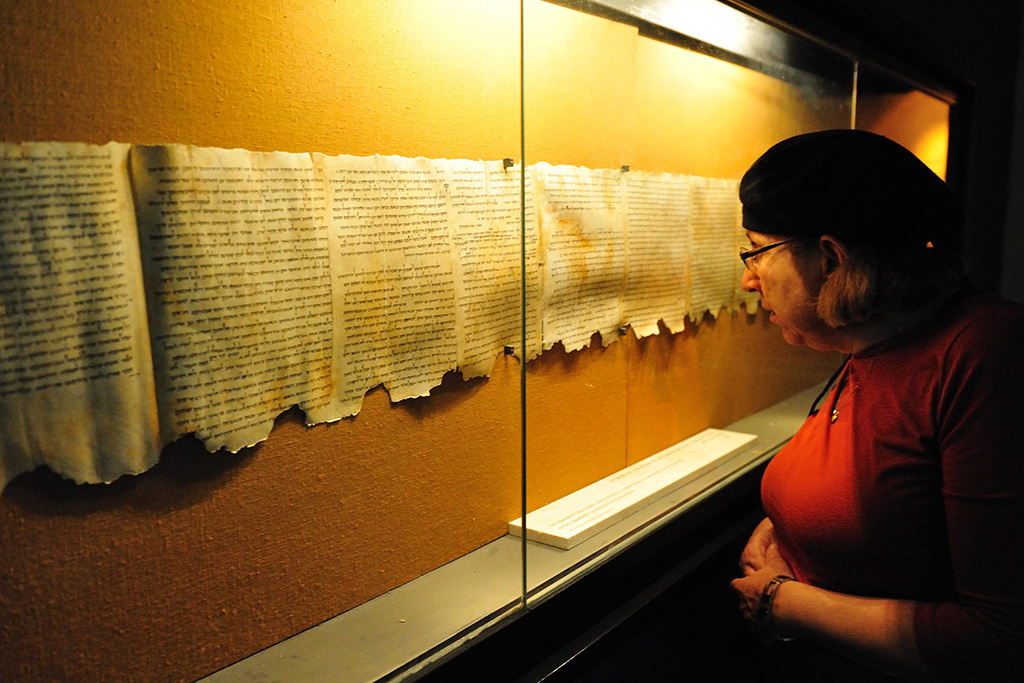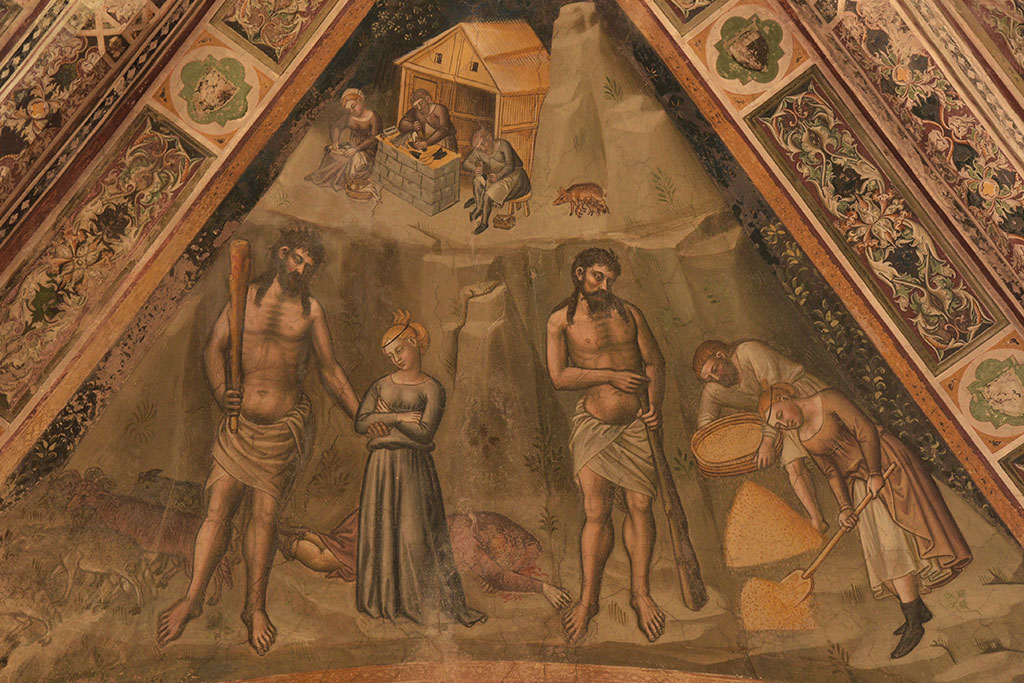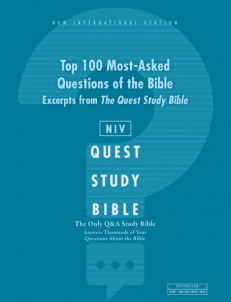
6 Myths About the Dead Sea Scrolls
In 1947, a Bedouin shepherd stumbled into the greatest archaeological discovery of the 20th century. He and his cousin found seven scrolls containing ancient Scripture in a cave in Qumran, near the Dead Sea.
Since that fateful day, archaeologists have discovered tens of thousands of scroll fragments and have carefully reassembled them. But the work took decades (some would say decades longer than it should have), and during that time only a select group of scholars had access to them.
While the rest of the academic world waited to work with and study the scrolls, rumors spread about what they really contained. Some of these rumors were based on fragments of truth; others were wildly inaccurate. Scholars have disproven these claims, but the myths surrounding the scrolls offer a fascinating chapter in the story of this historic discovery.
Here are Six Myths About the Dead Sea Scrolls:
1. The Dead Sea Scrolls Disprove the Bible
Scholars have reassembled over 900 scrolls from the Qumran caves. Among them, there are more than 100 copies of Old Testament books. It’s been asserted that these manuscripts contradict the Bible. Since the scrolls are also older than the oldest previously discovered manuscripts, some have alleged that these differences prove that the Bible has been altered, and that religious traditions have had it all wrong for centuries.
It’s true that there are differences between the Dead Sea Scrolls and the Masoretic text—the Hebrew manuscript on which our modern Old Testament is based. Some of these are relatively insignificant, such as differences in spelling or the height of Goliath (the Dead Sea Scrolls say he was 6’6”, the Masoretic text says he was over nine feet tall). Some are more significant, such as one scroll that provides an explanation as to why God asked Abraham to sacrifice Isaac, which makes that story look more like the book of Job. There are also additional psalms attributed to David and Daniel, and more prophecies from Ezekiel, Jeremiah, and Daniel.
Despite these textual variants and significant differences, the similarities in both ancient and more modern texts actually prove that the transmission of Scripture over the ages has been remarkably accurate. And while the Dead Sea Scrolls are older, scholars debate the authority of the variants found in the scrolls because the people who wrote and collected the Dead Sea Scrolls appear to have treated nonbiblical writings much the same as they treated what has been traditionally accepted as Hebrew Scripture.
2. There was a Vatican Conspiracy to Conceal the Dead Sea Scrolls
It took decades for the Dead Sea Scrolls to become publicly available. The small team of scholars who had access to the scrolls were heavily criticized for the pace of their work. But before the complete scrolls were published, two authors published Dead Sea Scrolls Deception—a book that accused the scrolls scholars of being part of a massive coverup.
Based on the independent research of Dr. Robert Eisenman, authors Michael Baigent and Richard Leigh argued that the scrolls revealed new insights about the origins of Christianity, and that the scrolls were hidden from the public for so long because the researchers had ties to the Vatican.
Deception was a popular book, but it was widely criticized by scholars. And now that the scrolls are publicly available in their entirety, anybody can debunk Baigent and Leigh with a little research. Scrolls scholar Joseph Fitzmyer says the book is mostly a “pattern of errors and misinformed statements.”
3. The Scrolls Reveal that Jesus was Born and Crucified in Qumran—and He Survived the Cross
Baigent and Leigh weren’t the only ones to publish popular books about the scrolls based on outlandish ideas. In a book called Jesus and the Riddle of the Dead Sea Scrolls, Barbara Thiering uses a “secret code” contained in both the Bible and the scrolls to reveal an alternative history of early Christianity.
Using this secret code, which she refers to as pesher coding, Thiering claims that Jesus was born in Qumran, became a priest of the Essene sect, and was later crucified in Qumran. He didn’t die of crucifixion, however; rather, he ingested a snake venom that made him appear dead. Thiering claims he was revived later.
In his book, Who Was Jesus? N.T. Wright says of Thiering’s work:
“It is safe to say that no serious scholar has given this elaborate and fantastic theory any credence whatsoever. It is nearly ten years since it was published; the scholarly world has been able to take a good look at it: and the results are totally negative. The only scholar who takes Thiering seriously is Thiering herself.”
4. Some Scrolls Were Destroyed by the Bedouins Who Found Them
The Bedouin shepherds first discovered the scrolls by accident after mindlessly throwing a rock into a cave. They heard the shatter of pottery and went to investigate. After finding seven scrolls, the shepherds returned to their camp and showed them off.
There was a rumor that some of these scrolls were destroyed. John C. Trever interviewed the shepherds who first found the scrolls and learned that the “Community Rule” scroll was accidentally damaged. But none of the original seven scrolls were destroyed.
5. The Scrolls Include a Passage from the Gospel of Mark
Some fragments of the Dead Sea Scrolls are too small and incomplete to connect to any known text. 7Q5 is one of these fragments. It’s the fifth piece of papyrus found in the seventh Qumran cave (hence 7Q5). Scholars have been unable to determine what book it’s part of. But in the 1960s, using only a couple of letters, Father Jose O’Callaghan Martinez published work suggesting that it was a fragment of Mark 6:52.
Both carbon dating and paleographic dating (analysis of the writing itself) determined that the fragment was too old to belong to the early Christian church, let alone a manuscript of the Gospel of Mark. You can see the scroll for yourself—including a comment by the Israeli Antiquities Authority that says the Mark 6:52 “identifications are based on just a few letters, and are not generally accepted in scholarship.”
6. No One Knows Where the Scrolls Came From
This assertion is partially true. There are a few different theories about who wrote the Dead Sea Scrolls, and so far none of them have been “proven.” But there’s good evidence to support some of them. The three main theories are that the scrolls were written by:
● A Jewish sect known as the Essenes
● An unknown Jewish sect living near the Dead Sea
● A group of Sadducees
The Essene Theory
Most scholars support the Essene theory. The first-century Jewish historian Josephus discusses the Essenes, and happens to talk about their initiation rituals and the fact that they shared their property. Very similar practices are discussed in the “Community Rule” scroll. Additionally, ancient geographer Pliny the Elder specifically identifies a group of Essenes who lived near the northwest shore of the Dead Sea. The Dead Sea Scrolls were found about a mile from the northwest shore.
The Sadducee Theory
Dr. Lawrence Schiffman has recently provided strong evidence that the scrolls may have come from a community of Sadducees. One scroll lists Jewish festivals according to the Sadducial calendar, and another describes purity laws that are much like other writings that have been attributed to the Sadducees.
The Jewish Sect Theory
This more conservative theory admits that the evidence points to a Jewish sect, but suggests that scholars need more definitive evidence to point to one in particular.
The Truth About the Dead Sea Scrolls
It’s been more than 70 years since this monumental discovery. Scholars have learned a lot in that time about what exactly the scrolls do and don’t say, where they came from, and what they mean for Bible study today.
The mysterious nature of both the discovery of the scrolls and the time it took scholars to make them available created the perfect conditions for myths to spring up. But the truth is that the scrolls have actually done more to confirm the validity of the Bible than detract from it. Read what scholars have learned about the Dead Sea Scrolls, 15 surprising facts and an infographic with a visual summary of key facts.






